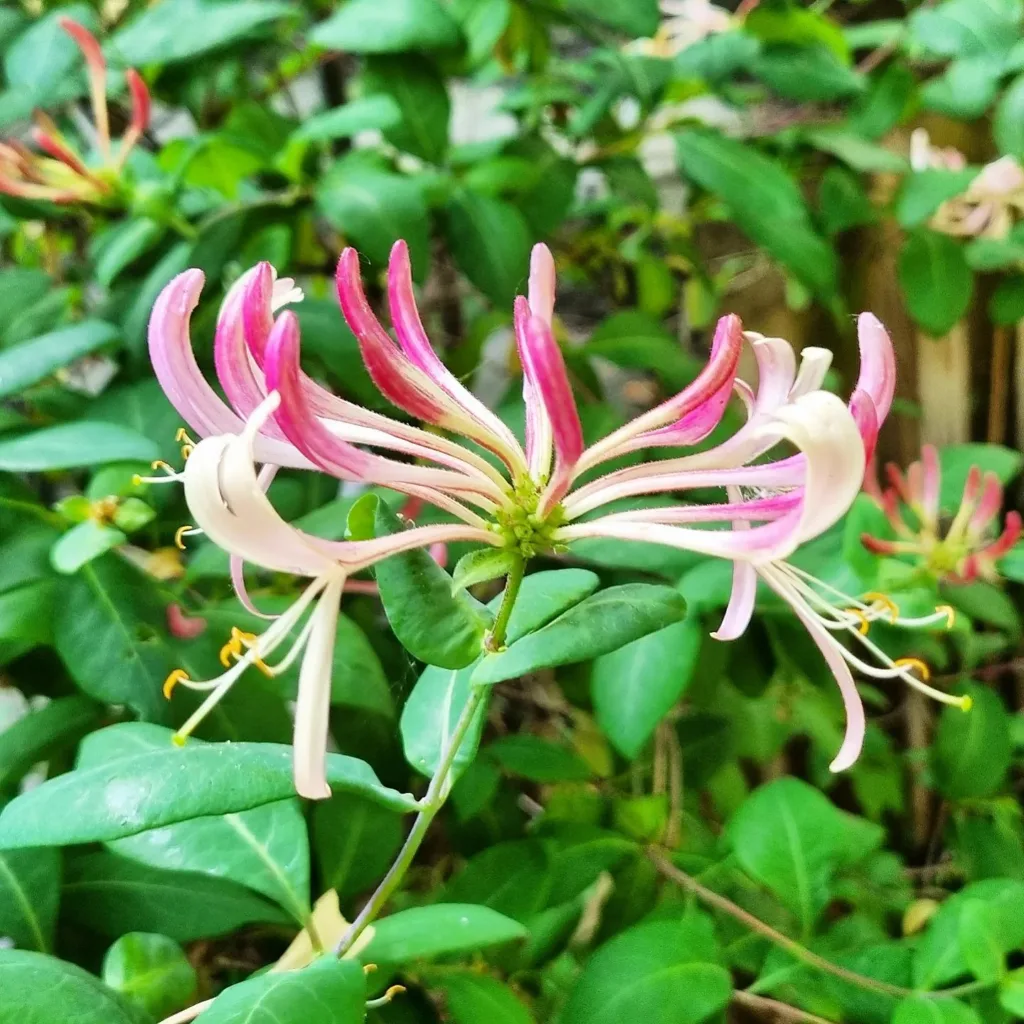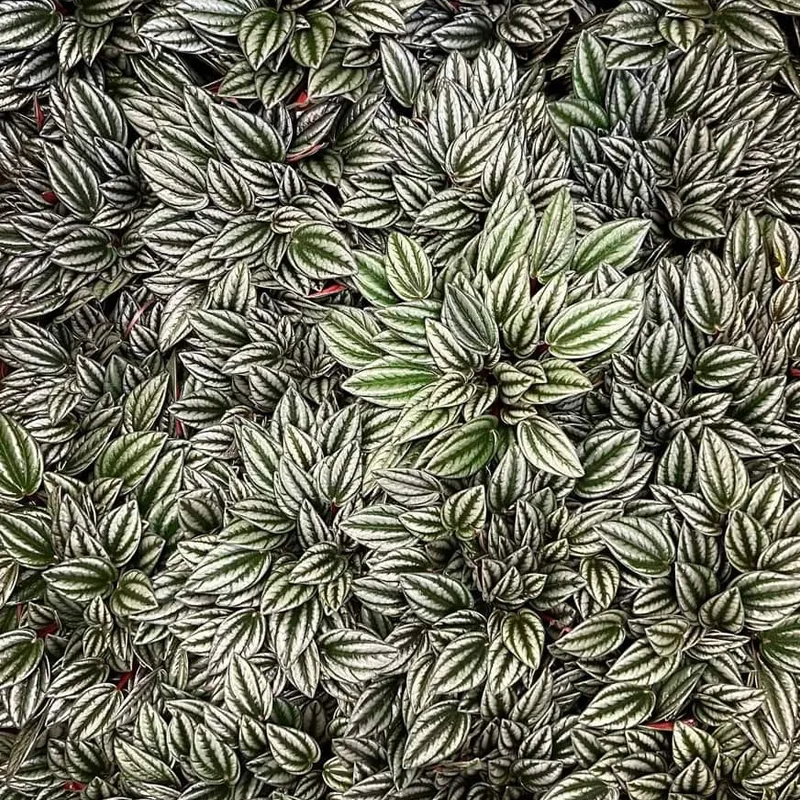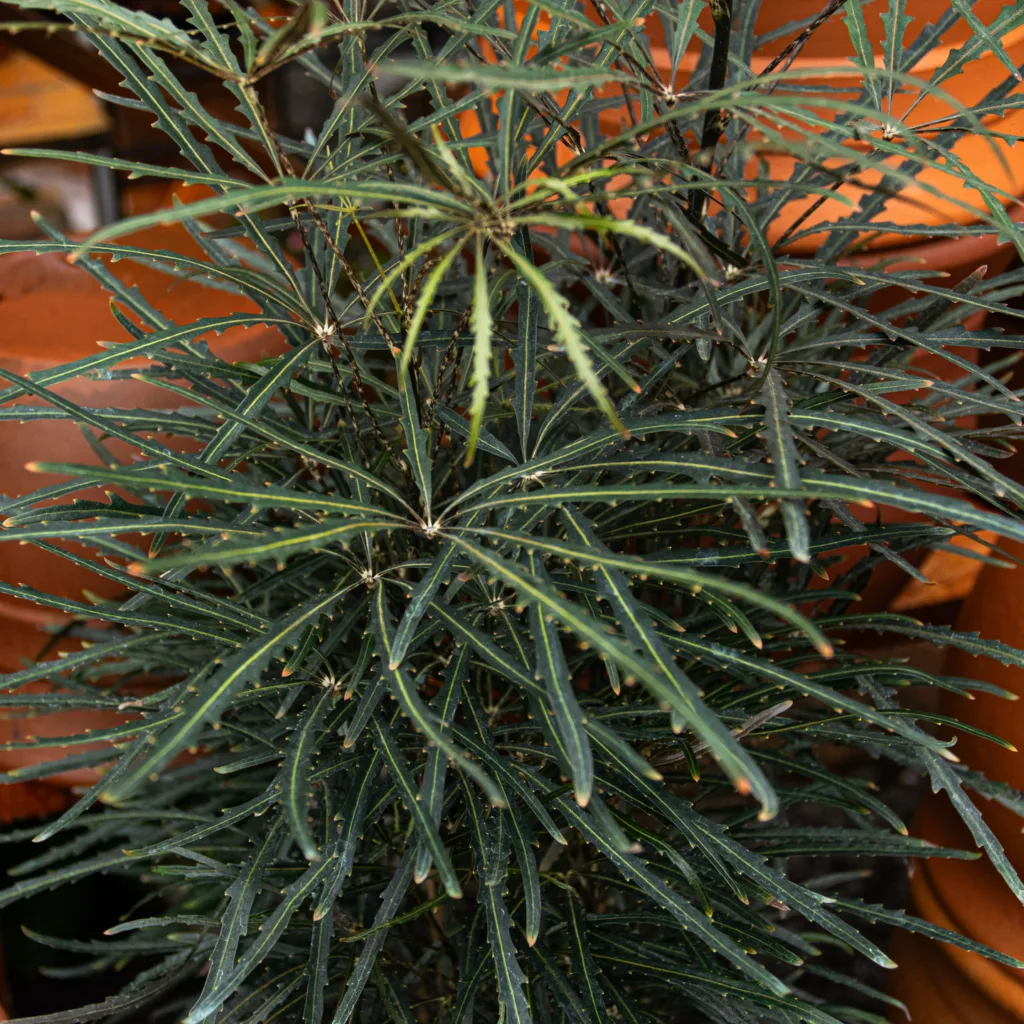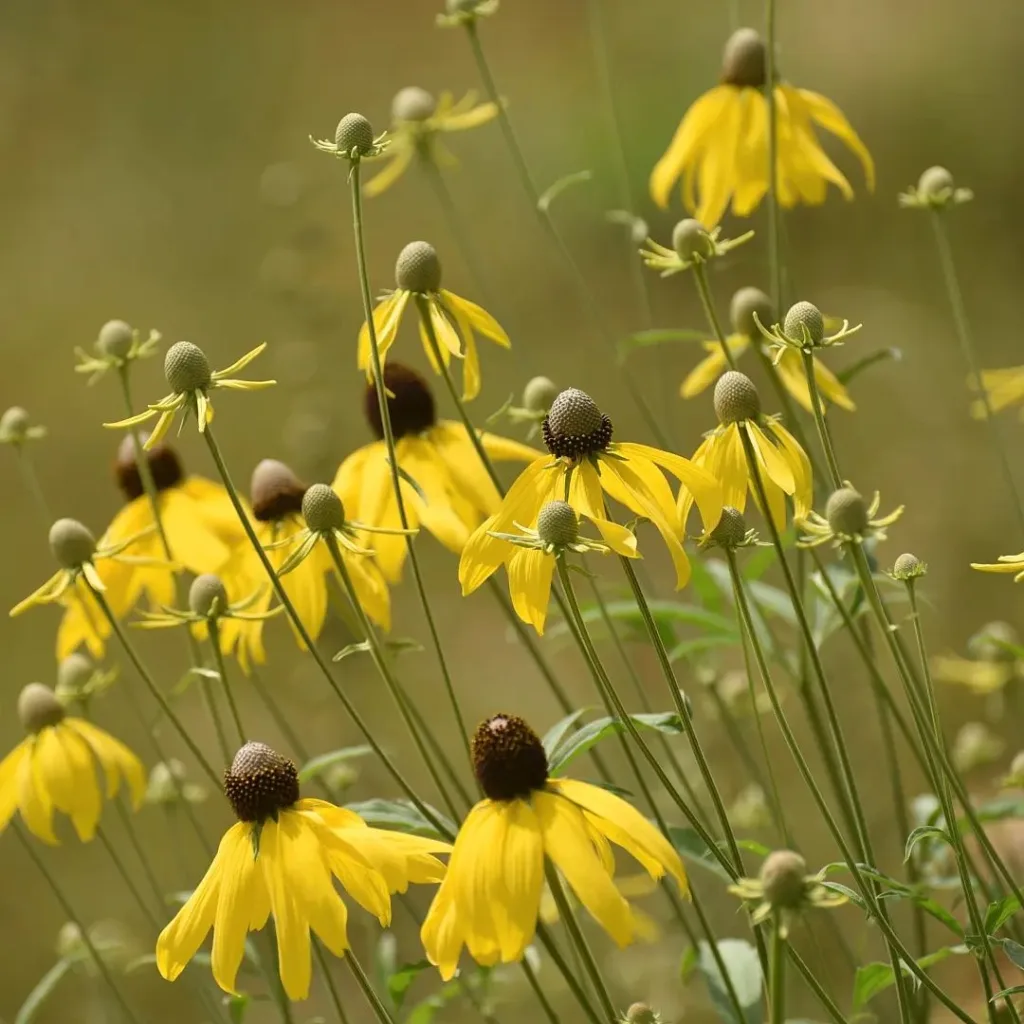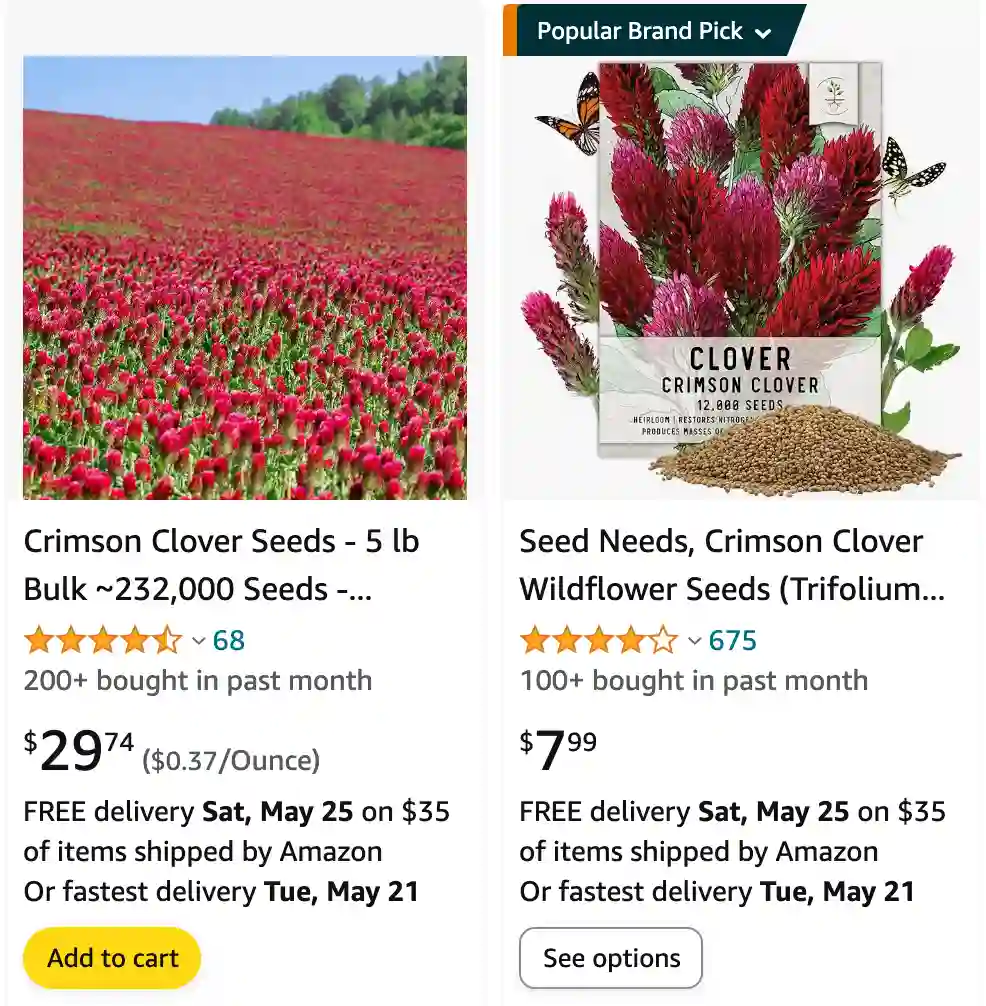
My Experience with Trifolium Incarnatum: A Crimson Marvel in My Garden
When I first encountered Trifolium incarnatum, commonly known as crimson clover, I was struck by its vivid red blooms. It felt like a living flame carpeting fields and meadows, a sight impossible to ignore. I knew I had to bring this beauty into my garden. Over the years, my experience with crimson clover has deepened, teaching me lessons about nature, sustainability, and the art of gardening itself.
306 Species in Genus Trifolium
Aesthetic and Ecological Appeal
The first thing that drew me to crimson clover was its striking appearance. The deep crimson flowers stand tall on soft green stalks, creating a stunning contrast that transforms any space into a visual masterpiece. But beyond its looks, Trifolium incarnatum has a lot to offer. It’s not just a pretty face—it’s a workhorse for gardeners and farmers alike.
One of the reasons I value crimson clover is its role as a nitrogen fixer. This plant belongs to the legume family, which means it has a symbiotic relationship with nitrogen-fixing bacteria. These bacteria convert atmospheric nitrogen into a form that enriches the soil. For me, this is invaluable. I’ve noticed that areas where I grow crimson clover thrive in subsequent planting seasons. The soil becomes richer and more fertile, reducing the need for synthetic fertilizers.
What does crimson clover mean?
Crimson clover, to me, brings to mind the vivid, deep red flowers that stand out so strikingly in a field of green. It’s one of those plants that you notice immediately because of its rich, crimson hue, which is not only beautiful but also seems to exude a sense of vitality and life.
What is crimson clover used for?
I’ve used crimson clover primarily as a cover crop in my garden. It’s excellent for fixing nitrogen in the soil, which helps improve the fertility for other plants. Plus, it provides a beautiful splash of color when it’s in bloom, making the garden look lively and vibrant while serving its practical purpose.
When to plant crimson clover?
I’ve found that the best time to plant crimson clover is in the late summer to early fall. This timing works well for my area because it allows the clover to establish itself before winter, ensuring a robust growth when spring arrives. It’s a nice way to keep the soil covered and protected during the off-season.
Will crimson clover reseed itself?
One of the things I appreciate about crimson clover is its ability to reseed itself. If I let the plants go to seed, they often come back the next year without much effort on my part. It’s quite satisfying to see them return, knowing they’re helping to maintain soil health without requiring a lot of intervention.
Is crimson clover a perennial?
Crimson clover isn’t a perennial; it’s an annual, which means it completes its life cycle in one growing season. However, because it can reseed itself effectively, it can feel like a perennial in the garden as it often comes back year after year.
How to plant crimson clover?
Planting crimson clover is relatively straightforward. I usually broadcast the seeds over a prepared bed, lightly rake them in, and then keep the soil moist until they germinate. They don’t require a lot of fuss, which makes them a great choice for busy gardeners like me who want the benefits of a cover crop without a lot of extra work.
When does crimson clover bloom?
The bloom period for crimson clover in my garden usually happens in late spring to early summer. The bright red flowers are quite striking and add a lovely visual element to the garden during this time. They also attract a lot of pollinators, which is always a bonus for the health of my garden.
How tall does crimson clover get?
In terms of height, crimson clover generally grows to about one to three feet tall in my experience. This makes it tall enough to be a noticeable part of the garden landscape without overwhelming other plants.
Is crimson clover edible?
I haven’t tried eating crimson clover myself, but from what I’ve read, it is edible. The flowers and leaves can be used in salads or as a garnish. However, I’ve always used it more for its agricultural benefits rather than as a food source.
Is crimson clover invasive?
From my experience, crimson clover is not invasive. It can spread if allowed to reseed, but it’s fairly easy to manage. I haven’t had any issues with it taking over areas where I don’t want it to grow, which is something I appreciate in a cover crop.
Do deer eat crimson clover?
Deer do seem to enjoy eating crimson clover. I’ve noticed that when I plant it in areas accessible to wildlife, it often gets nibbled on quite a bit. It’s a good forage crop, so if you have deer in your area, be prepared for them to take an interest.
How long does crimson clover bloom?
Crimson clover tends to bloom for a couple of months, depending on the weather conditions. In my garden, the bloom period usually lasts from late spring into early summer, providing a nice long display of color.
Can chickens eat crimson clover?
Yes, chickens can eat crimson clover, and they seem to enjoy it. I’ve let my chickens forage in areas where I’ve planted crimson clover, and they peck at the leaves and flowers quite happily. It’s nice to have a plant that benefits the soil, attracts pollinators, and can also be a treat for my chickens.
If i die, water my plants!
